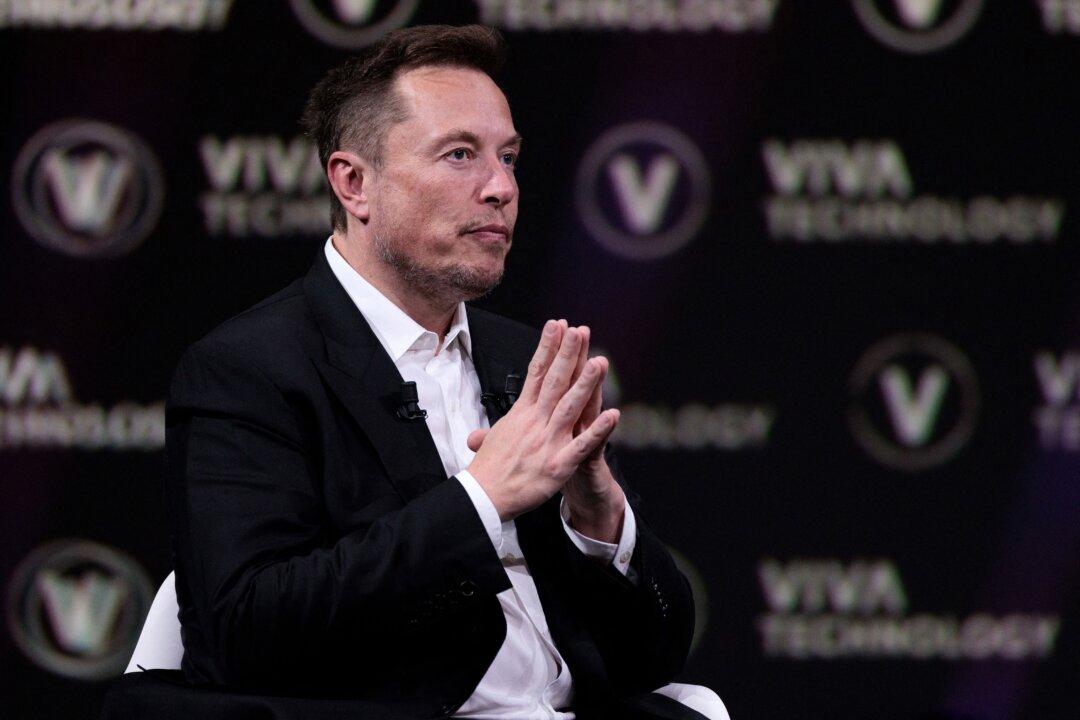Elon Musk said Friday that X, the social media platform formerly known as Twitter, will be removing the ability of users to block unwanted followers, sparking mixed reactions and earning a Community Notes tag claiming that this is impossible due to app store guidelines.
Mr. Musk, who’s been busy revamping the platform since buying it for $44 billion last October, made the announcement in response to a question from the Tesla Owners Silicon Valley account, which asked if there’s ever a reason to block someone on the platform as opposed to simply muting them.





